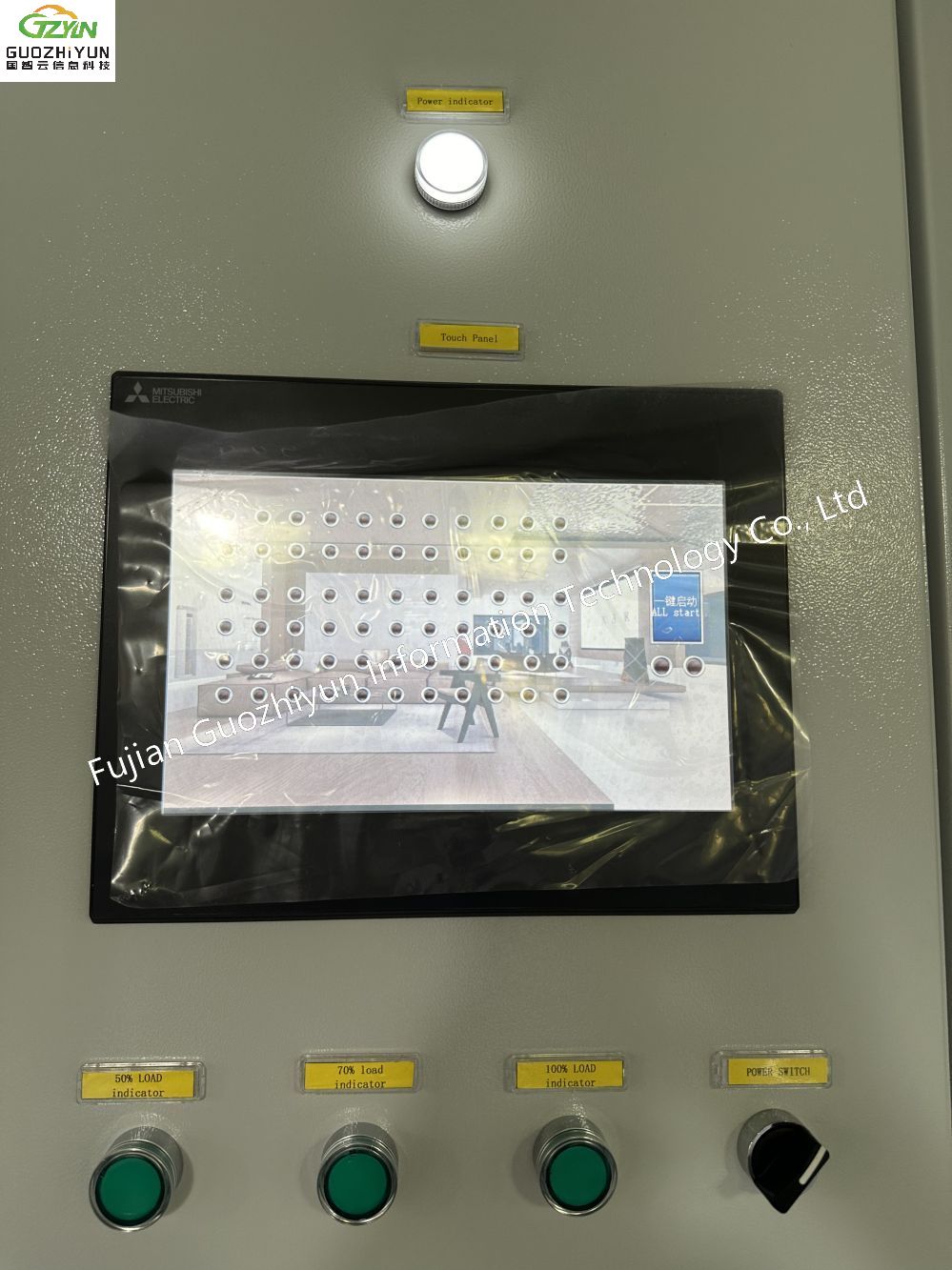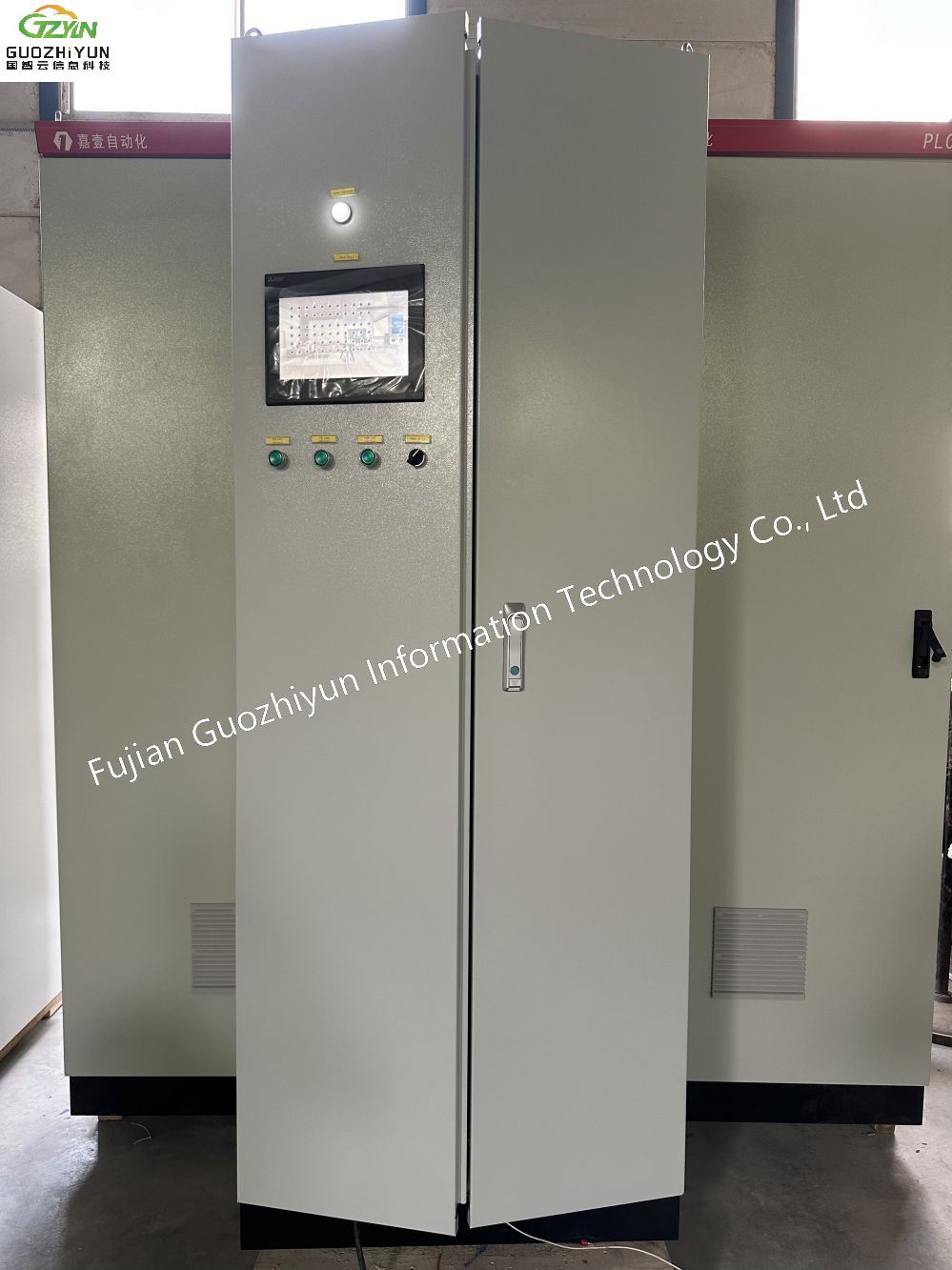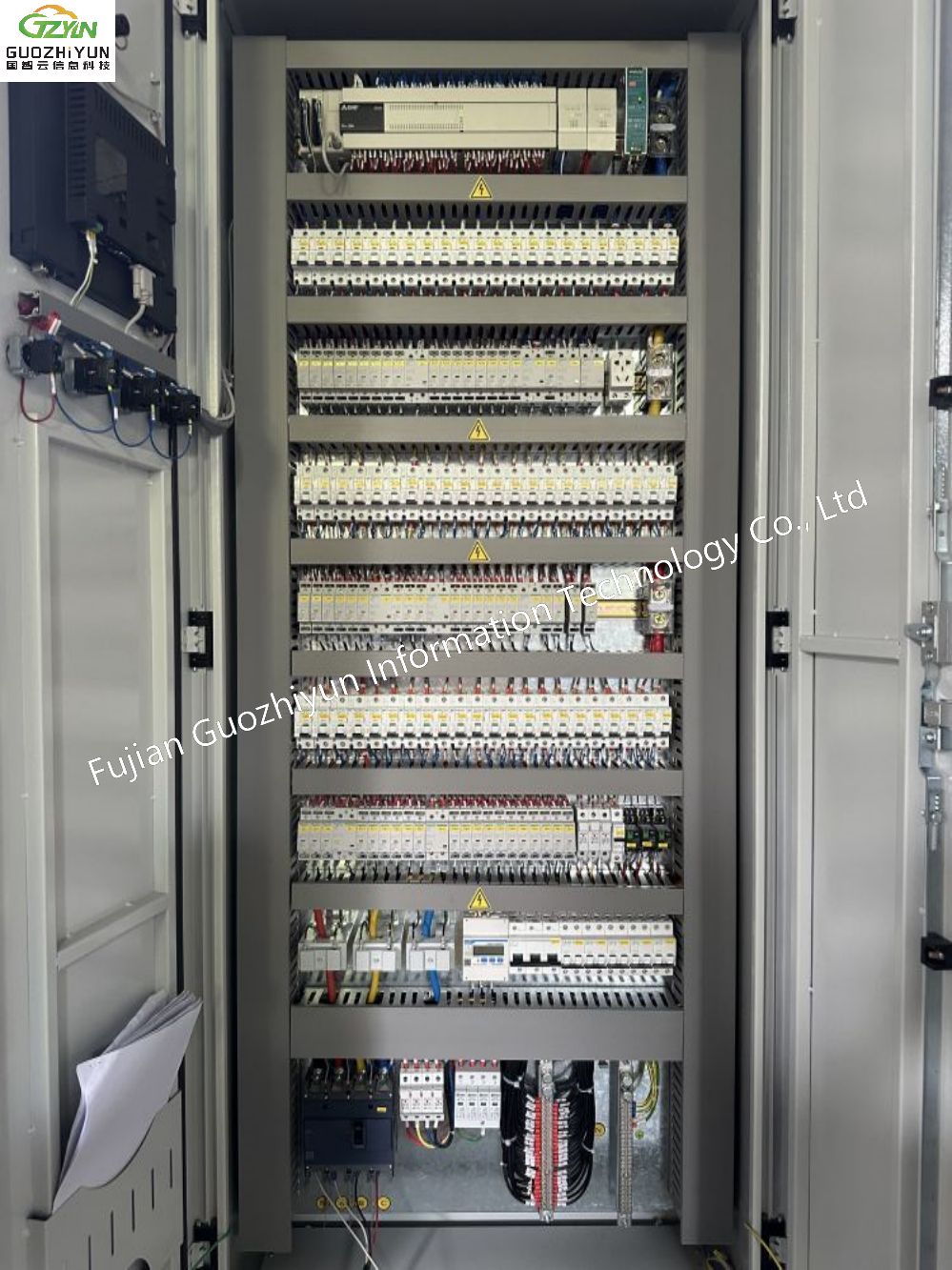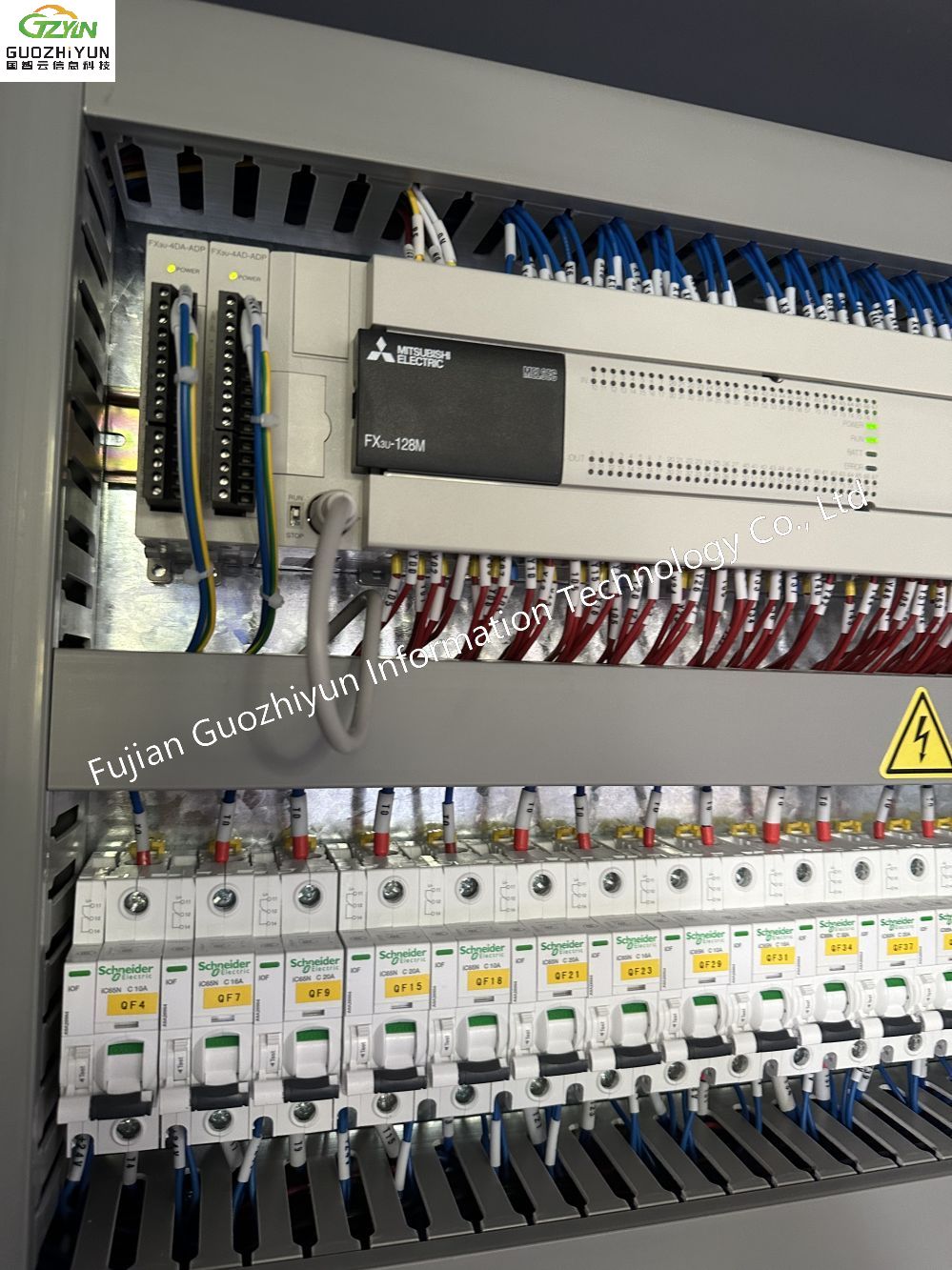Electrical control cabinet related knowledge
August 29, 2024An electrical control cabinet is a cabinet used to centrally install components and equipment of an electrical control system, mainly used to start, control and monitor industrial machinery or systems.
1.Structure and design:
2. Internal components
3. Functions and Applications
4. Application areas
5. Notes



